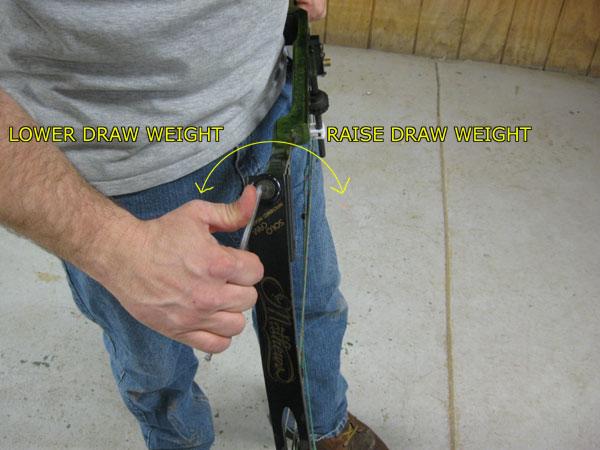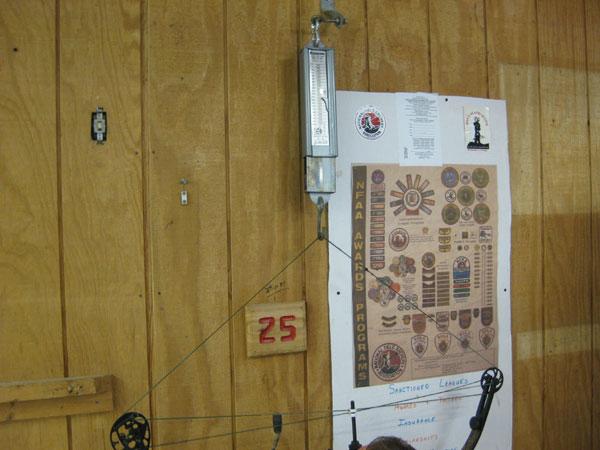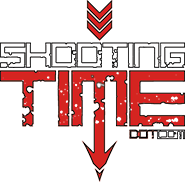Draw weight is the necessary force, in pounds, needed to bring the compound bow to full draw. Shooting the proper poundage is very important so that required kinetic energy needed is met without sacrificing proper shooting form.
Before adjusting your poundage, the limbs may be “locked” into their current position by locking bolts. These would be located just below the top limb or above the bottom limb and are screwed into the riser. To adjust the limb bolts, these bolts must be loosened first. After adjustment, they can then once again be tightened.
To adjust the draw weight, we have to unload or load more stress (flex) on the limbs; we do that by tightening or loosening the limb bolts.
To raise draw weight to maximum poundage, tighten the limb bolts (clockwise) until both limbs are tight against the riser.
To lower the draw weight we unscrew the limb bolts equally on each limb (counterclockwise).
Safety Precaution: Be careful that you do not unscrew the limb bolts passed the bow’s lowest weight setting. If the limb bolts are unscrewed too much, the limb bolt’s threads can come out of the riser and cause damage to the bow and injure the mechanic.
Every bow’s limbs have a specific draw weight rating: 50-60, 60-70, 70-80, etc. To check to see if a bow is in “spec” (at its specified manufacturer’s measurements) tighten (clockwise) the limb bolts until the limbs are against the riser. The bow will now be at the maximum poundage and maximum draw weight, ATA measurement, and brace height measurement can be verified.
To raise draw weight
Tighten the limb bolts until the limbs are tight to the riser.

To lower draw weight
First, raise the drawing weight to its max. Next, unscrew both limb bolts one revolution (360°) and check the poundage on a bow scale. Repeat this process until you reach your desired draw weight. Only attempt to shoot draw weights in the limb’s specified range (50-60 lbs, 60-70 lbs). If they are not marked, max out the draw weight and your lowest draw weight will be 10 lbs lighter in most cases. When using a bow scale, hook the string to the scale’s hook at the nocking point and pull down on your bow’s riser until your bow is at it’s “roll over” spot on the cams and look at the scale for its draw weight. Try not to roll the cam(s) over, but if you do, make sure you keep a good grip when raising the bow back up to take it off the scale… it’ll try to take you for a ride!

How To Find Your Ideal Draw Weight
To find your ideal poundage, sit down on a chair or tailgate of a truck and pull your bow back with your feet off the ground. If you are comfortable with the poundage and can hold full draw comfortably, the poundage is where you need it. If the poundage seems high (it was tough to pull back and hold) lower the draw weight in 2 lb increments until you have found a comfortable draw weight.
Average draw weights
- Smaller children (45-65 lbs) = 10-20lbs
- Children (65-95 lbs) = 20-35lbs
- Women and boys (95-125 lbs) = 35-45 lbs
- Larger women and boys (125-145 lbs) = 45-55 lbs
- Men (145-175 lbs) = 55-65 lbs
- Muscular men = 60-70 lbs
- Muscular barbarians = 70-100 lbs
Although these are average drawing weights, it is important to shoot what is comfortable for you. Any attempt to draw more weight than you should will result in improper archery form and affect accuracy.
